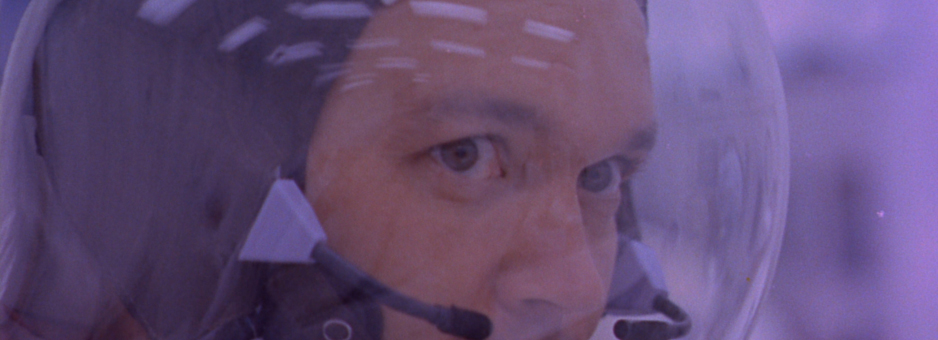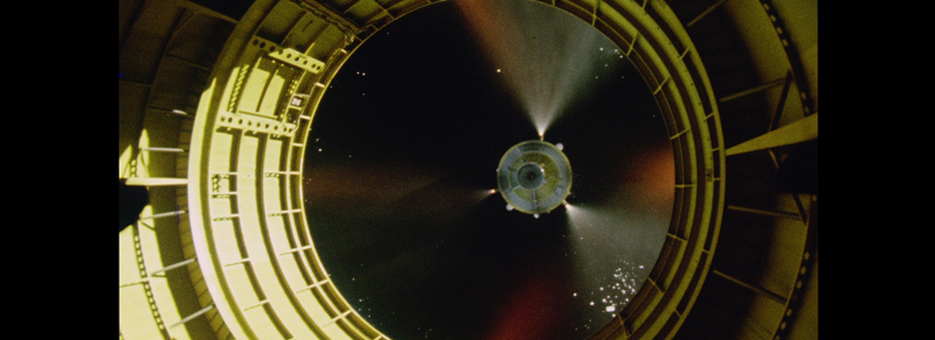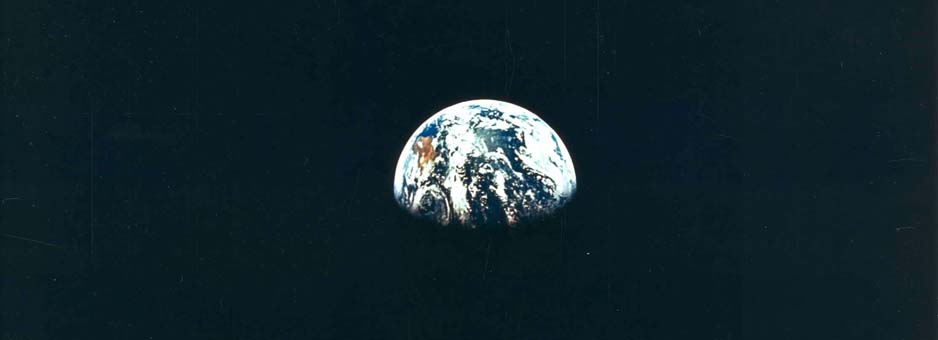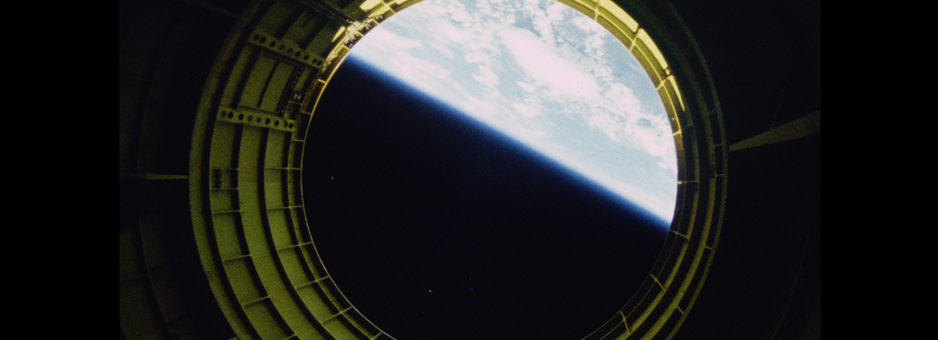- Panzehir
- Double Xposure
- Ram-Leela
- Ilo Ilo
- Elysium
- Welcome to the Punch
- Pacific Rim
- Bad Parents
- Archive




Moon Shot
London's Molinare Uses Avid® DS Nitris and FilmLight's Baselight to Post David Sington's Award-winning Documentary on the Apollo Program
In the Shadow of the Moon, director David Sington's spectacular new documentary, offers a compelling portrait of NASA's Apollo program of the late 60s and early 70s that resulted in 12 men setting foot on the lunar surface. The film, which won an 'Audience Award' at Sundance in 2007 and has had theatrical release in the U.K. and elsewhere, captures the historic nature of the times through a mix of beautifully restored archival footage and interviews with the surviving crew members of the nine Apollo missions. It is an inspiring tale of a triumph of human ingenuity and spirit.
As is often the case with projects based on archival imagery, In the Shadow of the Moon involved a challenging effort in post production. Decades old material, much of it drawn from NASA vaults and some shot by the astronauts themselves during lunar missions, originated in a variety of film and video formats and often bore the marks of time. All this material had to be cleaned up and restored to its original brilliance so that it would cut well with the interview sequences, newly shot on HD, and stand up to contemporary theatrical display.
Restoration work was carried out at London post-house Molinare. The facility's workflow included an Avid DS Nitris linked by Ethernet to a FilmLight Baselight EIGHT. The Ethernet connection allowed editorial and colour grading departments to share media files seamlessly and work collaboratively on the project. The Baselight was set up in a screening room so that grading could be done to a projected image in a DI style environment. FilmLight's Truelight technology was used for colour management, along with customised LUTs developed by Molinare.
"We graded the documentary for the big screen, although we didn't know at the time if it would be released theatrically," said Molinare online editor Des Murray. "We took the view that it would be shown on the big screen at some point, and it also gave us a master that could be used to produce versions for every other distribution medium."
Before the restoration work could begin, Murray first had to up-rez all of the archival source material to HD. He used a standards converter to perform much of that task, although some scenes were up-rezzed directly via Avid DS Nitris. "It really was material dependent," Murray explained. "We used the box that got the best out of the individual element."
The actual restoration work was subtle. Dust, scratches and other artefacts were often left in as a creative decision. "David Sington didn't want to repair the footage," Murray recalled. "We made repairs where there were really bad joins. With the worst of the NTSC material, we did some clean up, but even then we didn't go overboard. We just made it viewable. David liked the charm of it looking a bit scratchy. His view was that this was pretty much archaeology."
The grading process was also applied with a delicate touch in order to preserve the original look of the archival media. "There was all kinds of media and while you want it to all hang together, it's also true that each piece stands up in its own right," observed Murray. "It wasn't as though we were trying to get everything to match up back to back to back—first off, because it came from such different sources, it wouldn't be possible to get a perfect match. But, if we could get it to cut together, it was job done."
Among the most challenging sequences to grade were those depicting actual lunar landings and excursions. Although all of the lunar surface footage was shot with colour cameras, the environment itself was so monochromatic that it could be easily mistaken for black & white. To indicate that this was not the case Molinare colourists used Baselight's toolset to emphasise elements with apparent colour such as the lunar excursion module which had a yellowish tone.
After grading was completed, the project passed back to Murray and Avid DS Nitris for titling and final conform. The editor had a dizzying amount of deliverables to prepare. "We did a 16 by 9 full frame out at 1:8:5 as well as an HD version and an HD 4:3 version," Murray noted. "We also produced numerous frame rate versions: 25 fps for the U.K., 24 for the States and some 23.98s for other people. And it all had to be pitch corrected."
Despite such number crunching tasks, Murray, who confessed to being a "space cadet" as a youth, found the project inspiring. "I have distinct memories of being four or five and watching a moon landing, and I've been fascinated by space ever since," he noted. "This project was a lot of work but it was worth it. This documentary is unlike anything else about the moon program. It doesn't judge and it doesn't preach, it just presents. That's the brilliance of it."



